EDITOR’S NOTE: Some photos below are not for the weak-stomached.
I’m shooting scenic footage in an unknown and rarely visited place in southern Idaho called Curlew National Grasslands. Even more unknown is the reason why a man is on the roof of one of the outhouses. Above the short sea of sage and sedge, I can see him shuffling around near a black pipe. That pipe vents the unmentionable fumes festering inside that small building no one wants to enter, but eventually everyone has to.
I unhinge my camera from tripod and make a run for the restroom. Chris Colt, Caribou-Targhee National Forest wildlife biologist, is at the base of the ladder leading up to field technician Drew Retherford. Retherford is on the vault toilet’s roof with a drill. The exchange goes something like this:
“What are you doing?” I ask.
“Putting a screen on the vent to keep birds out,” Colt says.
“Wait. What? Birds in the bathroom?” I say stunned.
“In the worst part of the bathroom and more often than you think.”
I’m grossed out and fascinated at the same time. I dig for facts while staring at a situation so disgusting I should look away, but I can’t help myself.
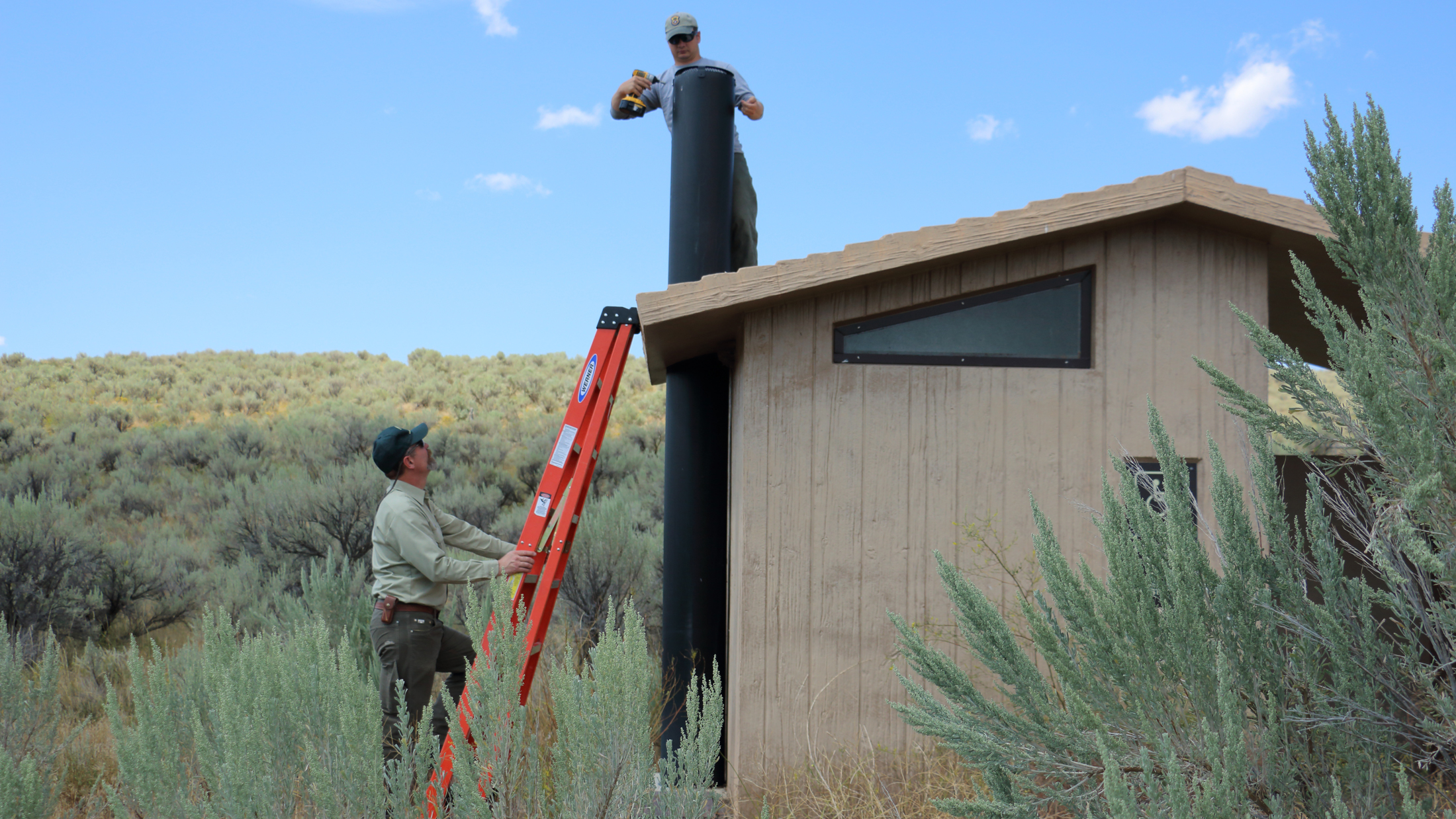
“That large diameter pipe is pretty enticing to certain species of wildlife like cavity nesting owls,” Colt says. “They see it as a tree cavity, like a tree with the top broken off that’s rotted inside. They climb down in there and maybe make a nest and then they can’t get out.”
And I don’t want to go in, but Joe Foust will. He’s the biologist who rescued a boreal owl in a Boise National Forest bathroom in 2010.
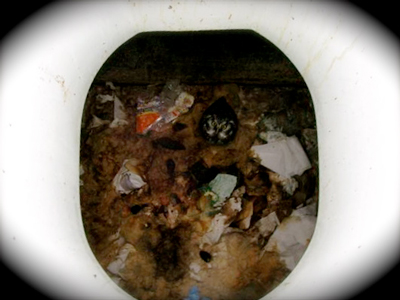
“When I got there, there was a post-it note on door, ‘Owl in toilet. Don’t use. Go down the road for other toilet.’ I looked down there and sure enough, he was just sitting there looking up at me,” says Foust, Boise National Forest wildlife biologist. “It got a little messy when I tried to get him in the net. He didn’t fare well after that. Nor did I. He went ballistic and started bouncing up and down and just got soaked.”
So did Foust who took a few unpleasant pictures of the retrieval operation deep in the bowels of the campground bathroom. Those pictures ended up at the Teton Raptor Center in Wilson, Wyoming.
“There are very few studies of what’s down in a vault toilet. Stuff is just pumped out and it’s not a sexy thing to study, but it happens all over the country with all kinds of cavity nesting birds,” says David Watson, Teton Raptor Center Poo-Poo Project development director. “Cavity nesting birds are looking for that quiet, dark space. They don’t realize that pipe sticking up out of the toilet is a death trap for them.”
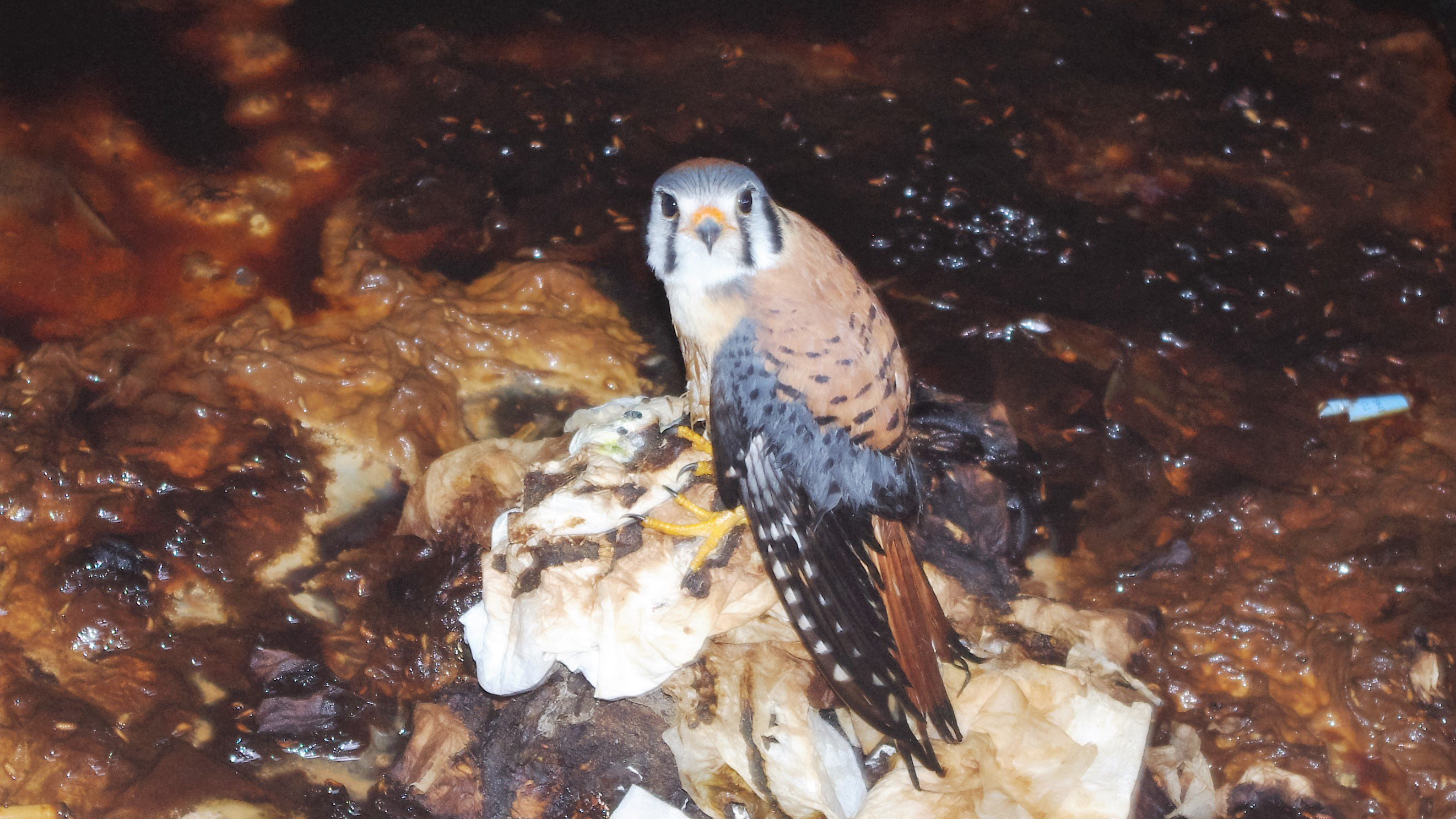
Watson is proudly known as the ‘Poo-Poo King.’ He’s the director for the center’s Poo-Poo Project, that’s short for Port-O-Potty Owl Project. He’s also one of the creative minds behind the 12-inch Poo-Poo screen keeping birds out while also letting the stink out. The one-piece, steel screen, selling for $29.95, comes with four screws and installs in five minutes. Government agencies and non-profit organizations in all 50 states are installing them. Most of the vented vault toilets are on public land in remote places where the commute costs more than the construction project.
“The biggest difficulty is the time it takes to drive to your next toilet,” Colt says. “You get there, there’s maybe two toilets on a site, it takes 10 to 15 minutes and you’re done and moving on.”
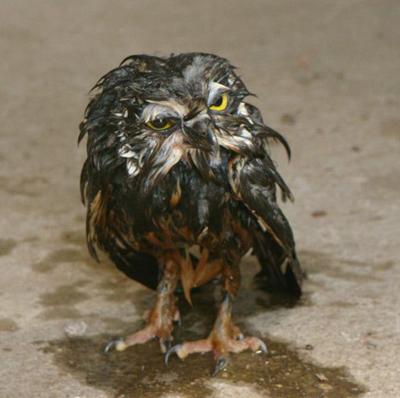
The Teton Raptor Center sold its 10,000th Poo-Poo screen July 31 to, ironically, a concrete company in Montana that makes vault toilets. While 10,000 sounds like market saturation, that’s really just a small drop in the bucket when you consider the overwhelming number of outhouses nationwide not to mention other types of pipes.
“Chimneys, irrigation pipes, mining claims. There’s just a lot of open pipes and birds and pipes just don’t really work well together,” Watson says. “If we can do our small part to help with one aspect of it, we’re making a difference in the conservation world.”
Colt agrees. He’ll have every outhouse, 25, in the Westside Ranger District screened this year. I’ll verify that by looking up at the pipe instead of down into the hole the next time I visit the Curlew.
“I hate to see some owl go down there, get stuck and get killed, or worse be still alive and have to be fished out,” Colt says. “People can argue that it’s crazy, but if you can stop one owl from going down there, it was probably worth it.”
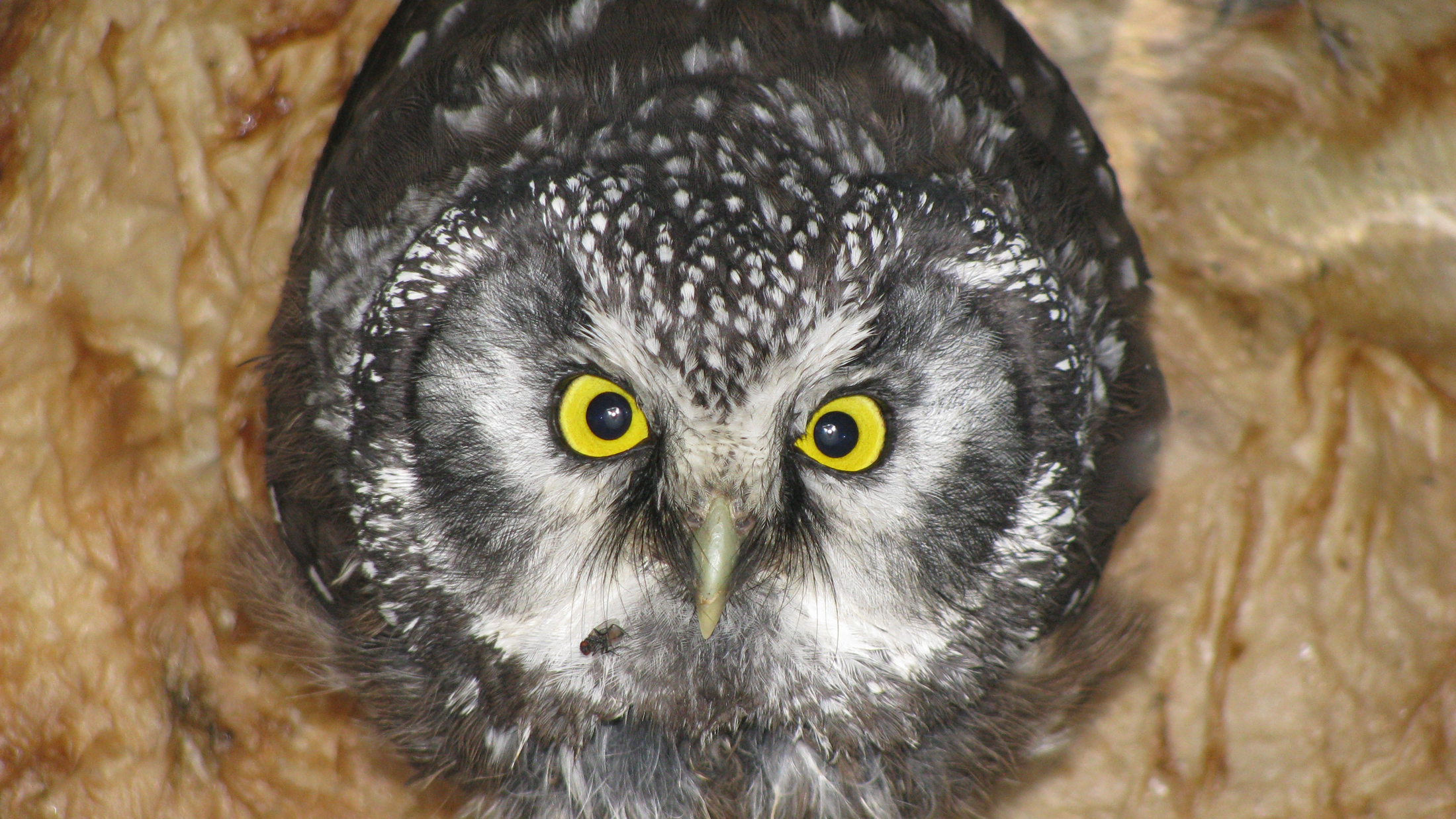
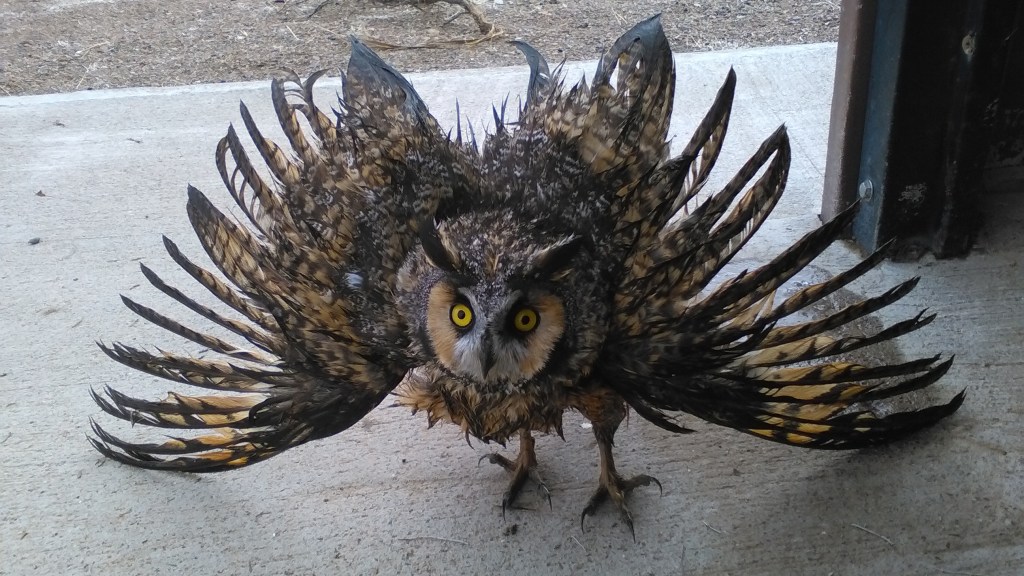



I never looked at the vents on any of the outhouses I have used over the years but this need to be changed. I do know that many, if not most, of the bathroom vents on our homes do not have anything covering the pipes and it is not unusual for birds to sit on them and pass out from methane gas & end up in one of the toilets in a residence usually dead.
These little creatures are so
adorable. Good work on the toilet brigade! Every owl is worth whatever the cost. The owls must be desperate to find a nesting place. Why don’t we put up nesting boxes
for them in the vicinities of the toilets at parks and campgrounds where there are no natural nesting cavities?
People must now Take Care of Wildlife in return for humans’
confiscation of their habitats.
Habitats for Wildlife paralleling Habitat for Humanity. We should be planting fruit and nut trees
wherever we can to replace the well balanced diets they have had in the past.
Yeay to the heroes who are rescuing these poor creatures.
bird proof more bathrooms
We had a duck fall down our fireplace chimney. Didn’t know it was there since it camped on the smoke shelf and we didn’t hear anything until a fire was started. By the time he came off the shelf the fire was going pretty well and we had flaming duck in the fireplace. Couldn’t let him out because he was on fire and by the time we got the fire out he was already gone. We put a screen on the chimney after that and now after remodeling, no longer even have a fireplace, but, we do have birds hit our picture window on occasion (so far, all have survived – although a little shaken) since you can see through to the other side of the house. Perhaps the company that makes the outhouses should think of screening all the stacks when they make the outhouse. They could buy them from the company that created them. That would keep everybody in business – and the birds a little safer. “Our” owl has his own tree cavity at the end of our driveway. Weird feeling as you see his eyes at night watching you drive out of the driveway.
Oh those poor poopy birds!! Thank you all for your hard work!
It seems like it’s a lot less expensive to install screens, than to rescue and rehabilitate birds. Not to mention, more humane. I hope there is also a program to provide natural and artificial nesting sites for these birds, that the can get into and out of safely.
What a wonderful preventive program that I only hope will expand to state and other non-federal outhouses with large vent pipes. By the way, I have experienced other birds getting into cottages in Michigan and Ontario via fireplace chimneys, such as merganzers and flickers. Here in Florida, we had a Great Crested flycatcher show up, safely, at the bottom of our fireplace, fortunately not being used at that time. Not all birds end up surviving as few of them are able to find their way back up except swifts. A sad end for otherwise healthy birds.
We need one for our stove pipe as a merganser nested in the stove last year. Our caretaker wanted to just build a fire killing the adult and the babies. We let them be and they got out somehow.
Don’t you think there should be a law that all outhouse pipes have to be screened? What a shame for these poor birds.
I plan to search each “outhouse” I visit in each “comfort zone to ask about the safety for the birds. Well worth the trouble to inquire.
I sincerely hope that ALL public toilets are inspected and made safe for any birds. Put yourself in a situation like the birds that cannot understand the danger. I plan to check at any park I visit to check this out and make the call if necessary.
So wonderful that we have caring wildlife personnel willing to carry out such an unpleasant task! I am grateful for their help in saving these beautiful birds!
Thank you!
Charlene Kuwatch
I really hope you helped clean up the poor little owl, he looks so sad. The screens are a GREAT idear.
I already wrote one comment, but here’s one more. I know the NPS and Forest Service are hard-pressed for cash. Seems like $29.95 is awfully expensive for a piece of wire screen. Couldn’t they just buy a roll of screen, cut the pieces to fit and then screw/bolt them in place? It would take the cost down to about $5 per outhouse vs. 30 bucks. Sheesh, if the opening was large enough for air to circulate around it, they could just put a big rock on the screen and it would probably hold the screen in place for years.
Just a suggestion from a handygirl!
My thoughts exactly! Why should a screen cost that much?